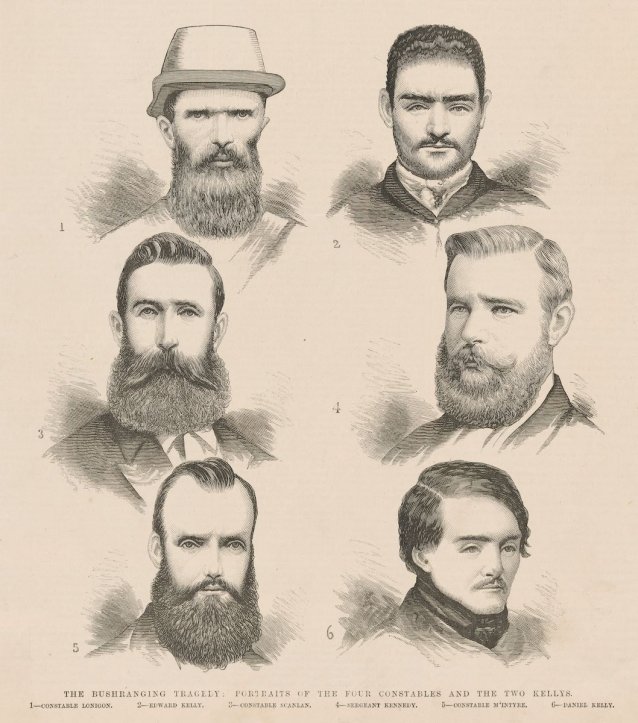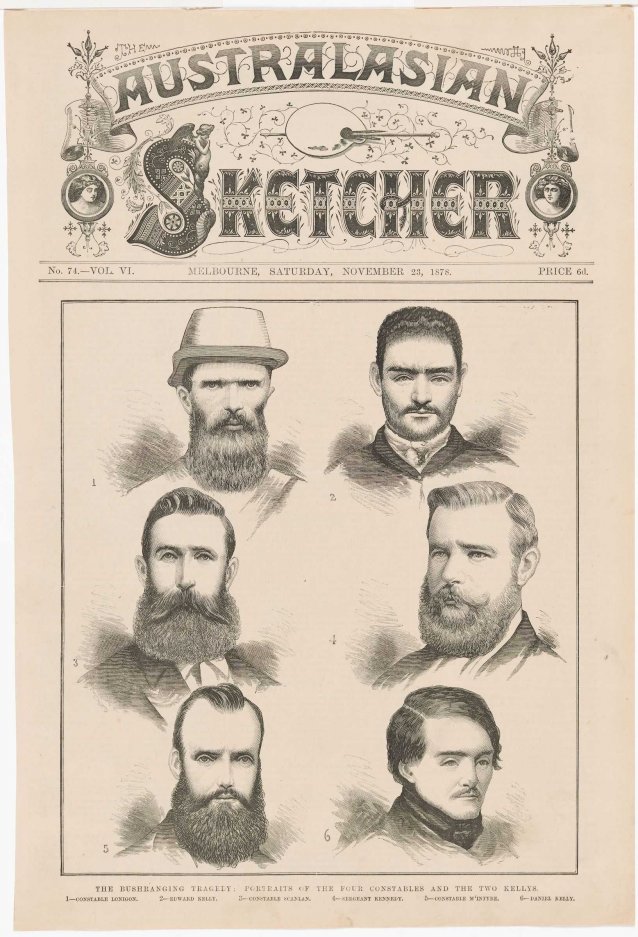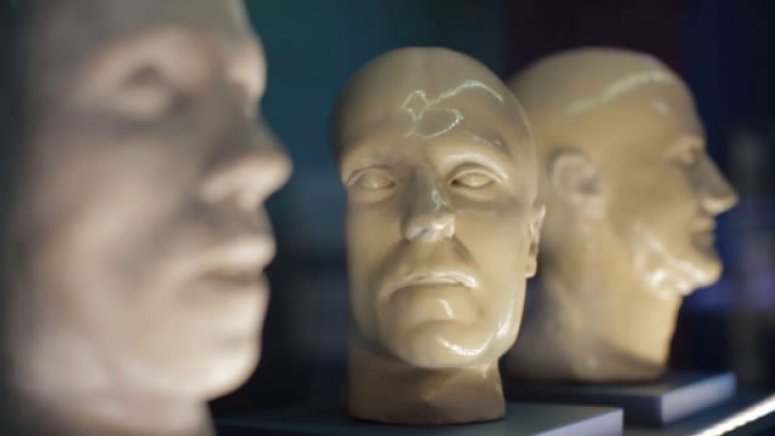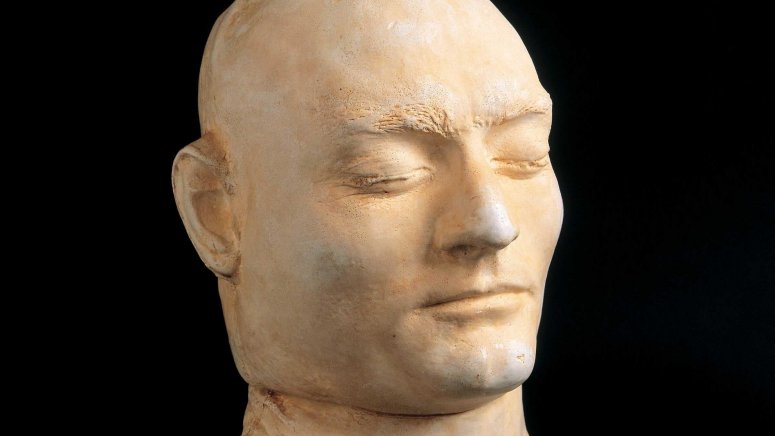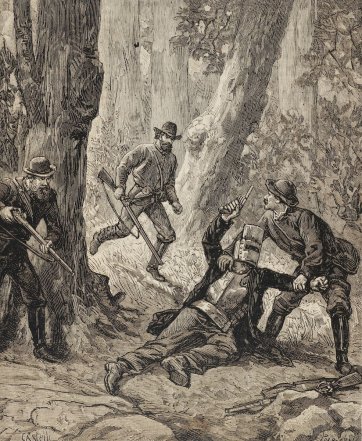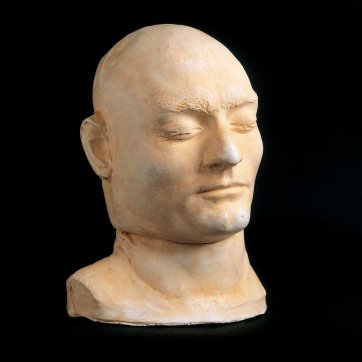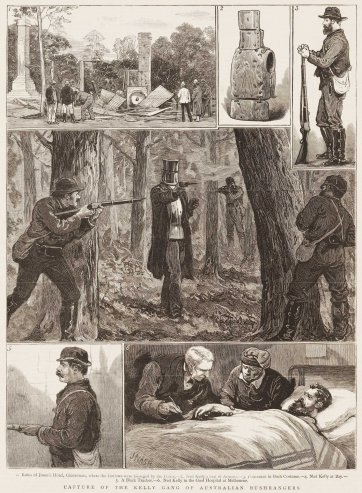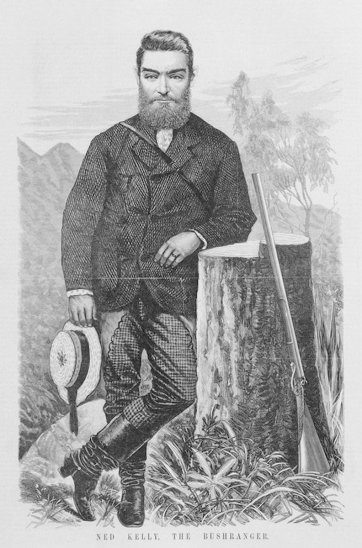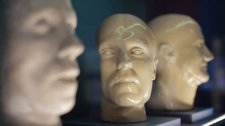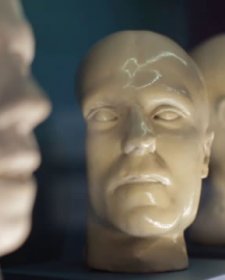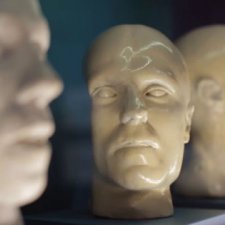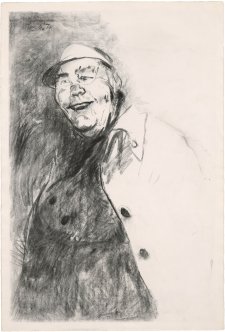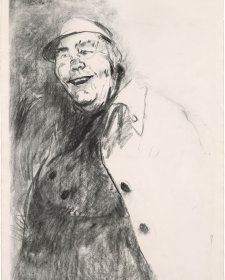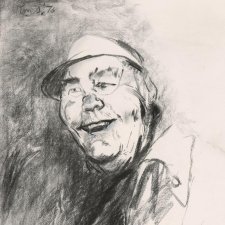This work depicts the men involved in a crucial juncture in the life of Edward 'Ned' Kelly: Kelly, his brother Dan, Sergeant Kennedy and Constables Lonigan, Scanlan and McIntyre. According to testimony later given by Constable Alexander Fitzpatrick, in early 1878 he was shot at by Ned Kelly when he went to the Kelly house to arrest Ned’s brother Dan. The Kellys' mother and brother-in-law were jailed for their parts in the melee, and Ned and Dan went into hiding together in the Wombat Ranges near Mansfield, Victoria. A police party comprising Sergeant Kennedy and Constables Lonigan, Scanlan and McIntyre was dispatched to capture them. On 25 October 1878 the officers camped at Stringybark Creek, where Ned marked them. The next day, when Kennedy and Scanlan went out to search the surrounding bush, the 'Kelly gang' – Ned, Dan, Joe Byrne and Steve Hart – ambushed Lonigan and McIntyre. Ned Kelly shot Lonigan dead; after Kennedy and Scanlan returned, Ned killed them also. McIntyre escaped to Mansfield and related the story to his colleagues. Within weeks the Victorian government advertised huge rewards for the Kelly gang members, and these rewards increased in the ensuing months. The 'siege of Glenrowan' took place in June 1880; Dan Kelly, Byrne and Hart all died there. Kelly survived, and was executed in November that year. This wood engraving is a page removed from an original copy of the Australasian Sketcher of Saturday, November 23, 1878.
Purchased 2003
The National Portrait Gallery respects the artistic and intellectual property rights of others. Works of art from the collection are reproduced as per the
Australian Copyright Act 1968 (Cth). The use of images of works from the collection may be restricted under the Act. Requests for a reproduction of a work of art can be made through a
Reproduction request. For further information please contact
NPG Copyright.
